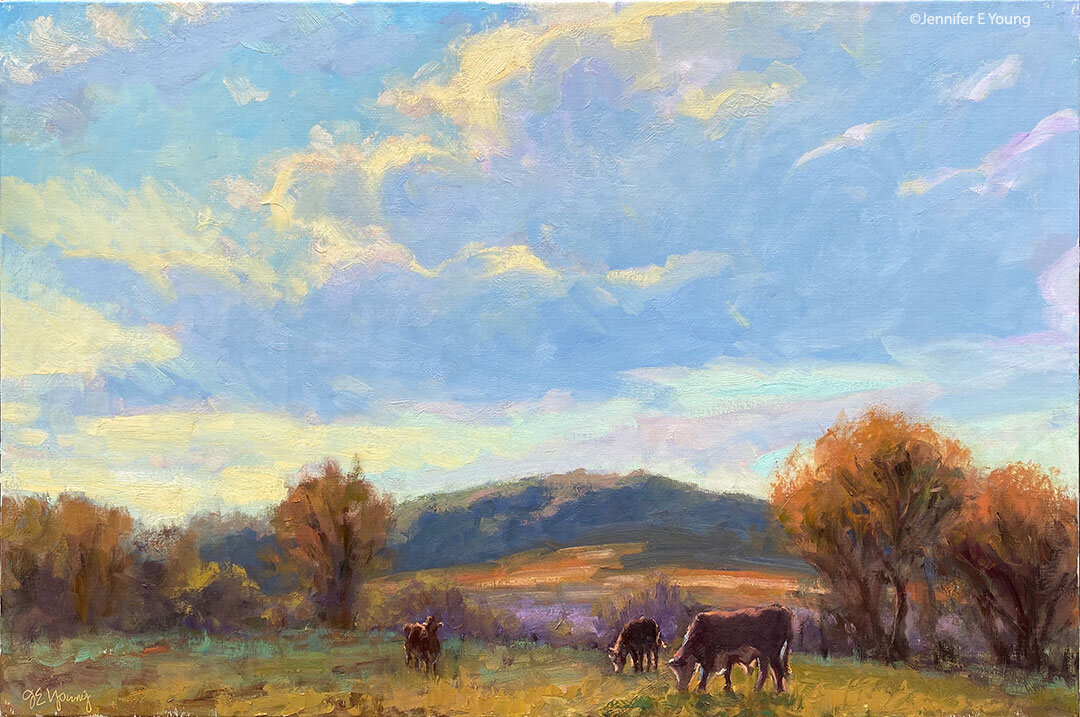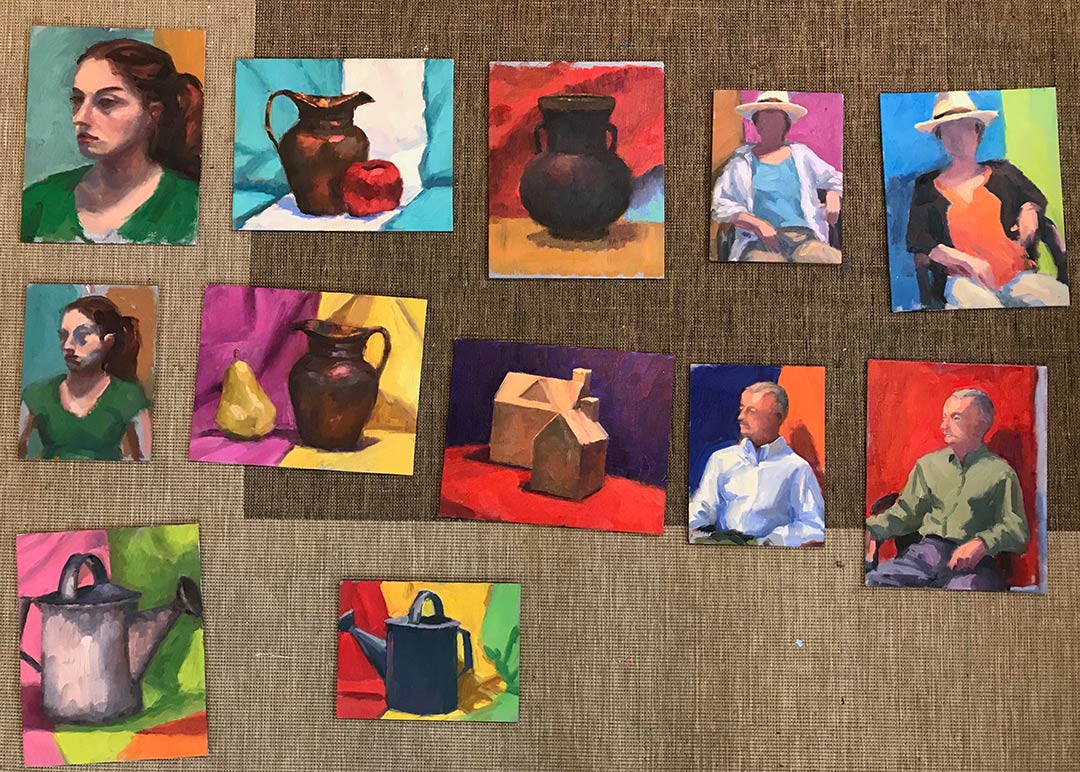Lone Tree and Lavender
/Gray skies today and yesterday, so I have been in the studio. I'm not sure if this is the beginnings of storms Ernesto and John making their way up the east coast, but predictions are that we'll have rain at least through Friday. Here is another square format painting I just completed. (I told you I was getting hooked on the squares!) This one is a larger gallery wrapped painting, measuring 24"x 24".
A lot of times I tend to include architectural elements in my landscapes, but I like the tranquility of this lone tree that serves as my center of interest. I saw many such scenes while traveling the backroads of Provence. When the lavender is in bloom the air is heady with the scent of it. The rows of lavender in this piece lead the eye in to the tree. For more information about this painting, click on the image:

Here is a side view, showing the finished edge:

To see more of my paintings of Provence, click here.
painting artist Provence landscape painting















